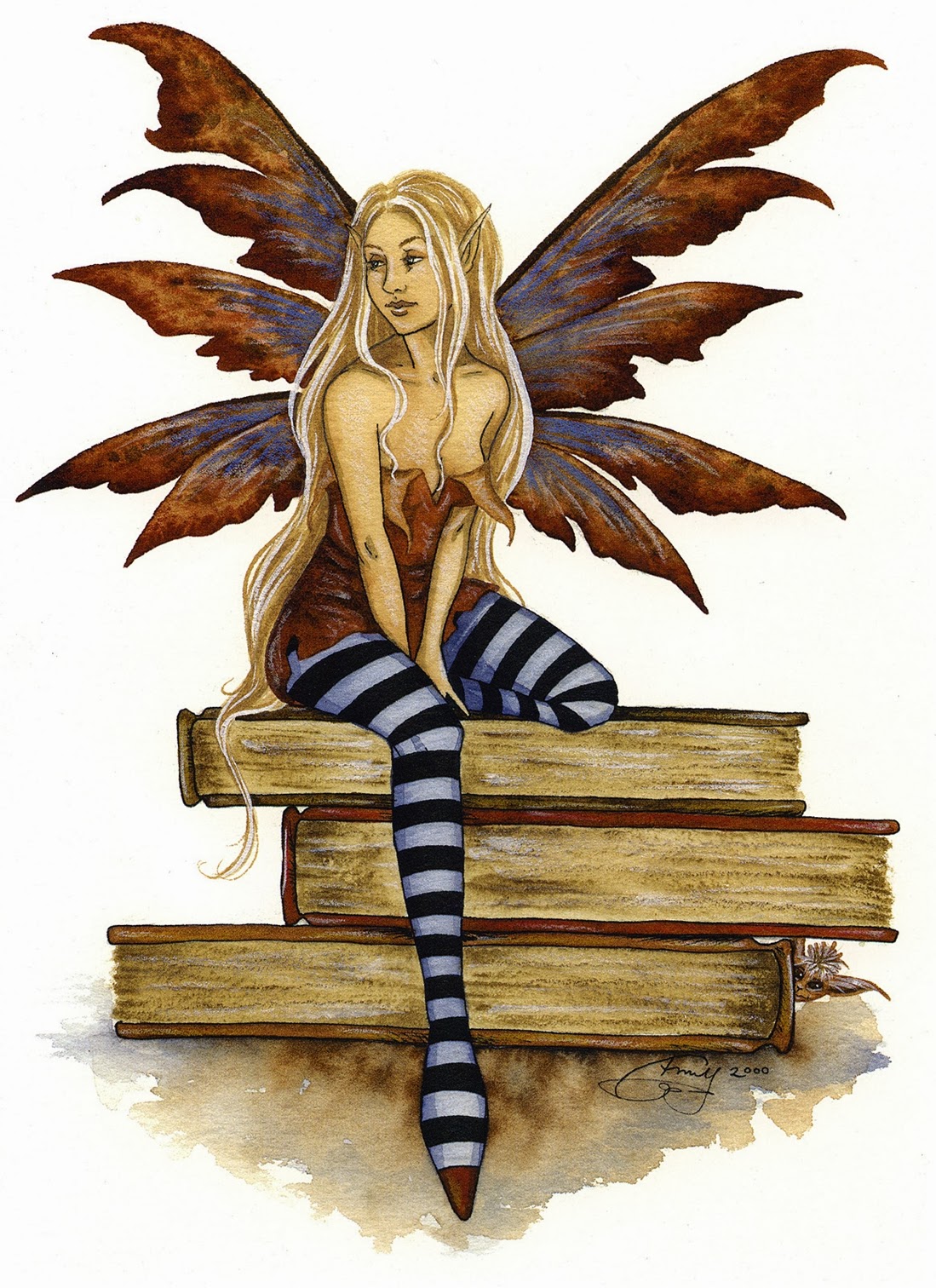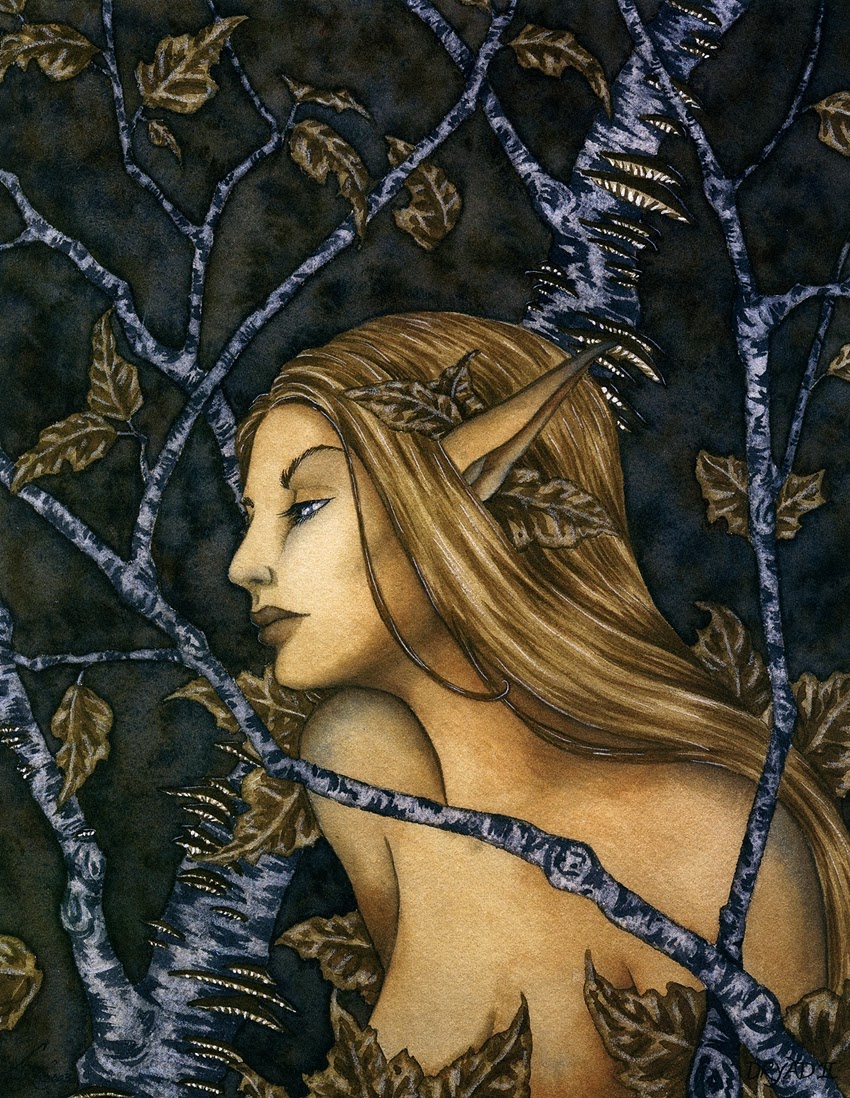British painter* Peter Miller (1939-2014) has been inspired by the early motoring scene and the evocation of the Golden Era which it personifies. The key subject matter in this has been the Rolls-Royce and Bentley Motor Car, particularly the cars of the 1920s and 1930s. Painted with genuine feeling and creative intensity, his sole aim was to create a good painting not just a picture of a motor car. The series was originally planned as a thematic series of twenty works which eventually developed into a total of 108 oil paintings, of which eighty two were recently displayed at Gibson Moore Fine Art gallery in London. Peter Miller has exhibited at many solo exhibitions and mixed and group exhibitions.
.jpg)
Peter Miller | Vintage Car painter
.jpg)
Bartolomé Esteban Murillo | Baroque painter
Bartolomé Esteban Murillo (1617-1682) was a Spanish Baroque painter.
Although he is best known for his religious works, Murillo also produced a considerable number of paintings of contemporary women and children.
These lively realistic portraits of flower girls, street urchins, and beggars constitute an extensive and appealing record of the everyday life of his times.
He also painted two self-portraits, one in the Frick Collection portraying him in his 30s, and one in London's National Gallery portraying him about 20 years later.
In 2017–18, the two museums held an exhibition of them.
.jpg)
Guy Wiggins | Impressionist painter
Guy Carleton Wiggins NA (1883-1962), the noted American Impressionist and one of the foremost artists affiliated with the art colony at Old Lyme, Connecticut, was born in Brooklyn, New York, in 1883.
He was the son of Carleton Wiggins, a prominent painter associated with the American Barbizon School. He spent the early years of his life in England where he received a grammar school education and traveled throughout Europe. Following in his father's footsteps, Wiggins became interested in painting and drawing during his boyhood.
His creative and technical abilities were acknowledged at the age of eight, when various New York critics publicly praised a group of watercolors he had done in France and Holland.

Christa Kieffer, 1949 | La Belle Époque
German painter* Christa Kieffer was born in Tubingen, Germany. As a child, her earliest memories are of “soaking up the atmosphere of a particular place or region”. An intuitive kindergarten teacher recognized Kieffer’s potential and provided her with a quiet place to draw and paint. The artist studied extensively throughout Europe then moved to the United States to attend the Art Center College of Design in Los Angeles.
.jpg)
Frédéric Dufoor, 1943
Born in Tournai, Belgian painter Frédéric Dufoor attended the Institute of Saint-Luc in Tournai and also the Academy of Mons. After a brief Bohemian interlude, he was enrolled with the studio of Louis Van Lint, at Saint-Luc in Brussels. In 1967, he went on to teach at the Superior Institute for Graphic Communications for 10 years, then held the post of professor at Saint-Luc in Brussels until December 1998. Initially, briefly influenced by his professors, he developed his art as an aesthetic one, spare, to the limits of abstraction.
.jpg)
Amy Brown | Fantasy Art
Amy Brown - American painter - 'I have been painting faeries since 1992, no formal art training, am older than I look, married with 2 children, hate to cook, like to stay at home, do not like attention, can't stop buying clothing, don't like coffee because I think it tastes icky and even small amounts make my skin feel like its going to vibrate off my bones, and usually get up before the sun.
Tools of the Trade: Daniel Smith Extra Fine Watercolors, Arches Bright White 300lb hot press watercolor paper, Pigma Micron ink pens, PITT Artist Pens, Prismacolor colored pencils, Winsor and Newton Gouache, Daniel Smith Series 23 watercolor brushes, table salt, isopropyl alcohol, mechanical pencil'.
.jpg)
Leonardo da Vinci | Differenza che ha la pittura con la poesia
Trattato della Pittura - Parte prima /16
La pittura è una poesia che si vede e non si sente, e la poesia è una pittura che si sente e non si vede.
Adunque queste due poesie, o vuoi dire due pitture, hanno scambiati i sensi, per i quali esse dovrebbero penetrare all'intelletto.
Perché se l'una e l'altra è pittura, devono passare al senso comune per il senso più nobile, cioè l'occhio; e se l'una e l'altra è poesia, esse hanno a passare per il senso meno nobile, cioè l'udito.
Iscriviti a:
Post (Atom)

.jpg)